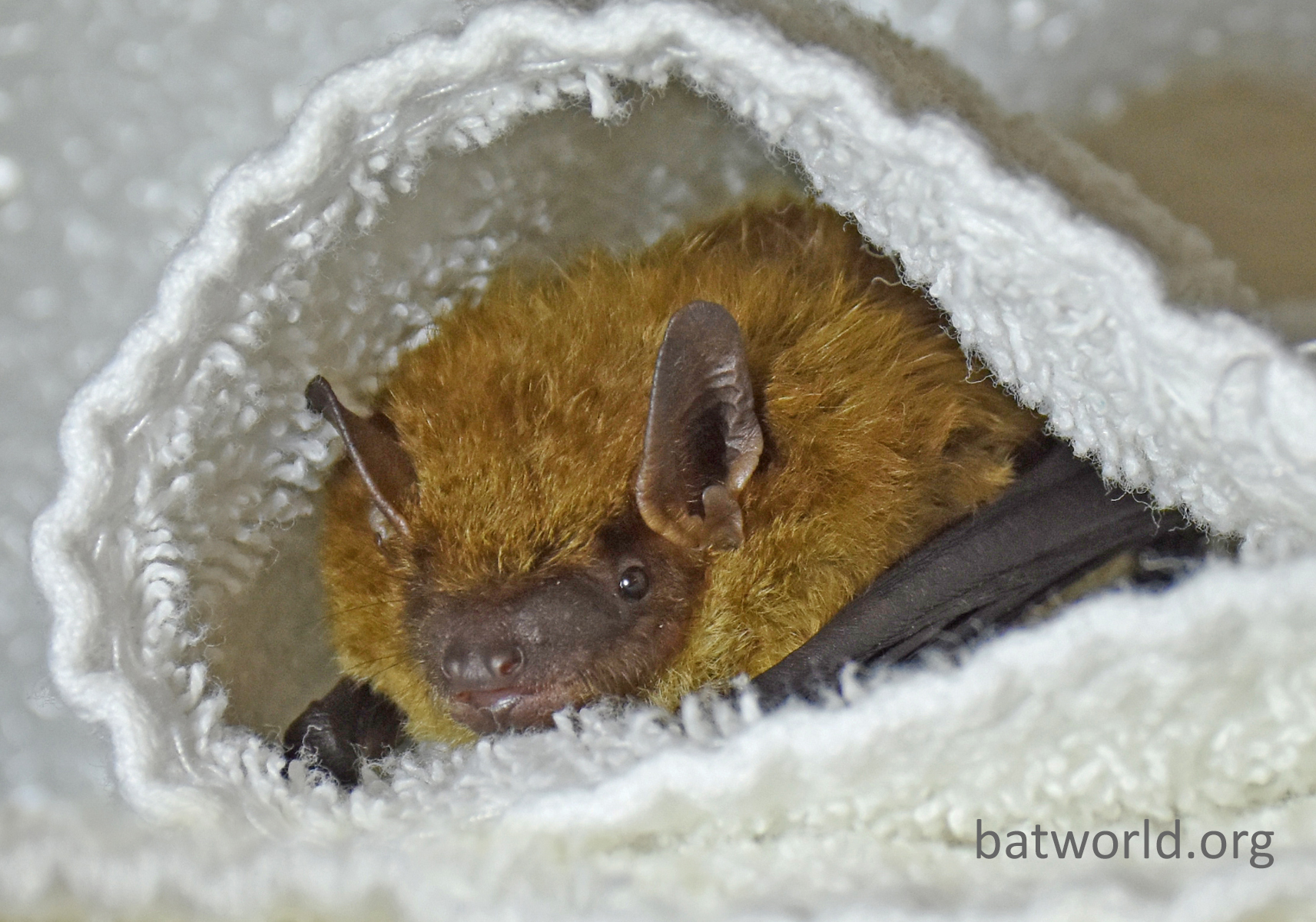In December 2019, a new zoonotic illness began spreading rapidly in the Wuhan Province of China. The source of the virus, dubbed COVID-19 or SARS-COV2, was assumed to be from a bat (specifically the Chinese Horseshoe bat), with one or more intermediate vector wildlife species also presumed to be involved in the spillover to humans. The virus mutated rapidly, and although some of the initial infections involved wildlife, the majority of infections are human-to-human.
While little is known about the likelihood of zooanthroponosis exposure and infection, many state and federal agencies in the U.S. have taken steps to restrict wildlife rehabilitation activities, particularly involving bats, citing an “abundance of caution” regarding the perceived risk that humans who are infected with the COVID-19 virus may infect North American bat species, resulting in the bats becoming a new natural reservoir for the virus and leading to new outbreaks of disease in humans. “Early suggestions regarding potential transmission of SARS-CoV2 from humans to bats have raised serious concerns among research colleagues, rehabilitators, and cavers. SARS-CoV2 is already present worldwide, and bats appear highly resistant to coronaviruses. We seem to be considering rather serious actions to ward off threats not yet proven to exist and that may have serious unintended consequences.” – Merlin Tuttle. Alternatively, there is concern that bats could be infected and go on to develop lethal disease, further devastating bat populations that are already threatened by White-nose Syndrome and barotrauma from wind turbines.
Some of these restrictions could have disastrous long-term implications for conservation. Some states have recommended that the public be directed to contact local Animal Care and Control agencies if a bat is found on the ground, regardless of the bat’s condition, so that the bat can be humanely euthanized by a veterinarian. In other cases, states have directed bat rehabilitators to stop taking in new admissions and to advise the public to leave the bat where they found it, again, regardless of its condition. However, the bat rehabilitation community sees many dangerous risks inherent in this approach which may not have been considered in developing these recommendations and guidelines.
Bat World Sanctuary, together with HSUS, NWRA, Merlin Tuttle’s Bat Conservation, veterinarians, biologists and bat rehabilitators across the US, has issued a position statement in response to several state wildlife agencies restricting the rehabilitation of bats, with some calling for the euthanasia of healthy, releasable bats, due to a concern of reverse zoonosis of COVID-19. We are urging a rational, scientific, and humane approach to the management and handling of grounded bats and bats in rehabilitation during the COVID-19 pandemic.
The statement may be read here.
On April 21, 2020 this statement was sent to USFWS, AFWA, USGS, and several state agencies. We are currently awaiting a response. If you would like to be added to our email list that will provide any updates on this issue please enter your information here.


